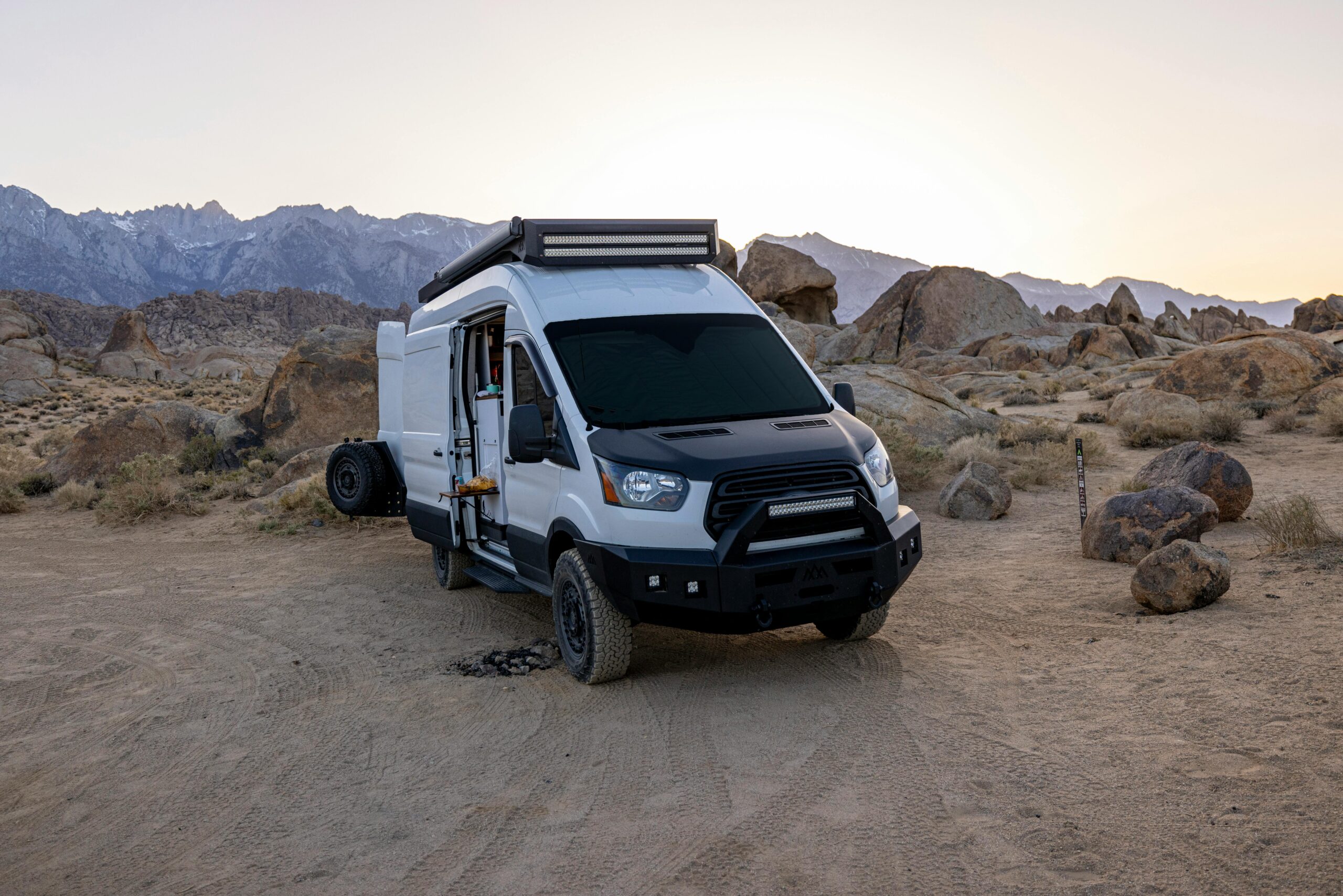
How to Value Your Camper for Sale on Camperly
When you’re ready to sell your camper, determining its true worth is essential to ensure a fair deal for both you and the buyer. Whether you’ve enjoyed years of adventures or it’s a relatively new purchase, pricing it right can make all the difference in attracting potential buyers quickly. Here’s a detailed guide to help you value your camper and decide how much to list it for on Camperly.

1. Evaluate the Current Market
Start by researching the market for campers similar to yours. This will give you a rough estimate of its value based on supply and demand. Here’s what to consider:
- Camper Type: Whether it’s a pop-up trailer, camper van, truck camper, or a custom-built camper, the type will impact pricing. Some styles are in higher demand and may fetch a higher price.
- Age & Make: Older campers will generally be priced lower, but a well-maintained or rare model might still carry significant value.
- Season: Timing plays a role. Prices tend to be higher in spring and summer when people are actively planning vacations.
Action Step:
Check listings on platforms like Camperly and similar sites for campers that match yours. Compare based on year, make, and features. Keep a spreadsheet of prices to find the average range.
2. Factor in Depreciation
Campers, like cars, depreciate over time. On average, a new camper can lose 20-30% of its value in the first year, and 5-10% annually after that. However, depreciation is not always straightforward:
- Luxury vs. Standard Models: High-end campers may depreciate more slowly due to better quality materials and features.
- Custom-Built Campers: If you’ve done custom modifications (for example, solar panels, upgraded insulation, or unique design features), these can offset some depreciation and even add value if they appeal to the right buyer.
Action Step:
Calculate how much your camper has depreciated since its original purchase. If you’ve kept it in excellent condition or have added custom features, adjust this estimate to reflect the added value.
3. Consider the Condition
A camper in pristine condition will naturally sell for more than one with wear and tear. Be honest about your camper’s condition when determining its worth. Here’s a checklist to assess:
- Exterior: Look for any damage to the body, rust, or paint fading.
- Interior: Check the condition of appliances, flooring, upholstery, and plumbing. Functional and clean interiors will raise the price.
- Mechanical Components: Ensure that the engine (if applicable), brakes, tires, and electrical systems are all in good working order.
- Service Records: If you’ve kept up with regular maintenance and have records to show, this will help justify a higher asking price.
Action Step:
Take note of any repairs or replacements needed and factor the cost into your price. Highlight positive maintenance records in your listing to assure buyers.
4. Account for Upgrades and Add-ons
Upgrades like solar panels, larger water tanks, advanced electrical systems, or luxury features can significantly increase the value of your camper. These additions improve functionality and comfort, making the camper more appealing to potential buyers.
Action Step:
List all upgrades and calculate their value based on current market prices. Add a portion of this value to your asking price, but don’t expect a 1:1 return. Buyers may not be willing to pay the full cost of upgrades but will appreciate their presence.
5. Get a Professional Appraisal (Optional)
If you’re unsure about your camper’s worth, a professional appraisal can give you peace of mind. Appraisers look at multiple factors, including market conditions, your camper’s condition, and overall demand. This is especially useful for unique or custom-built campers where market comparisons are harder to find.
6. Price Strategically
Once you’ve gathered all the necessary information, set a competitive price. Remember, listing your camper too high can deter buyers, while pricing it too low might leave money on the table. Consider leaving room for negotiation by setting your price slightly above your bottom line.
Pricing Tips:
- Fair Market Value: Aim for a price within the average range based on your research.
- Psychological Pricing: Prices ending in 9 (e.g., $19,999) can seem more attractive than round numbers.
- List With a Purpose: If you’re eager to sell quickly, price it slightly below the competition. If you’re not in a rush, start higher and adjust based on interest.
7. Prepare a Compelling Listing
After determining your camper’s price, craft a well-written listing that highlights the key selling points. Include:
- High-quality photos from multiple angles.
- A detailed description, including the year, make, model, and condition.
- Any unique features or upgrades.
- A clear, concise title that grabs attention (e.g., “Well-Maintained Class B Camper Van with Solar Panels”).
Conclusion
Valuing your camper properly ensures you get a fair return while attracting the right buyers. By researching the market, factoring in depreciation, considering the condition and upgrades, and pricing strategically, you’ll be well on your way to a successful sale. Whether you’re parting with your camper to upgrade or moving on to other adventures, setting the right price on Camperly will make the process smoother for both you and your potential buyer.
















